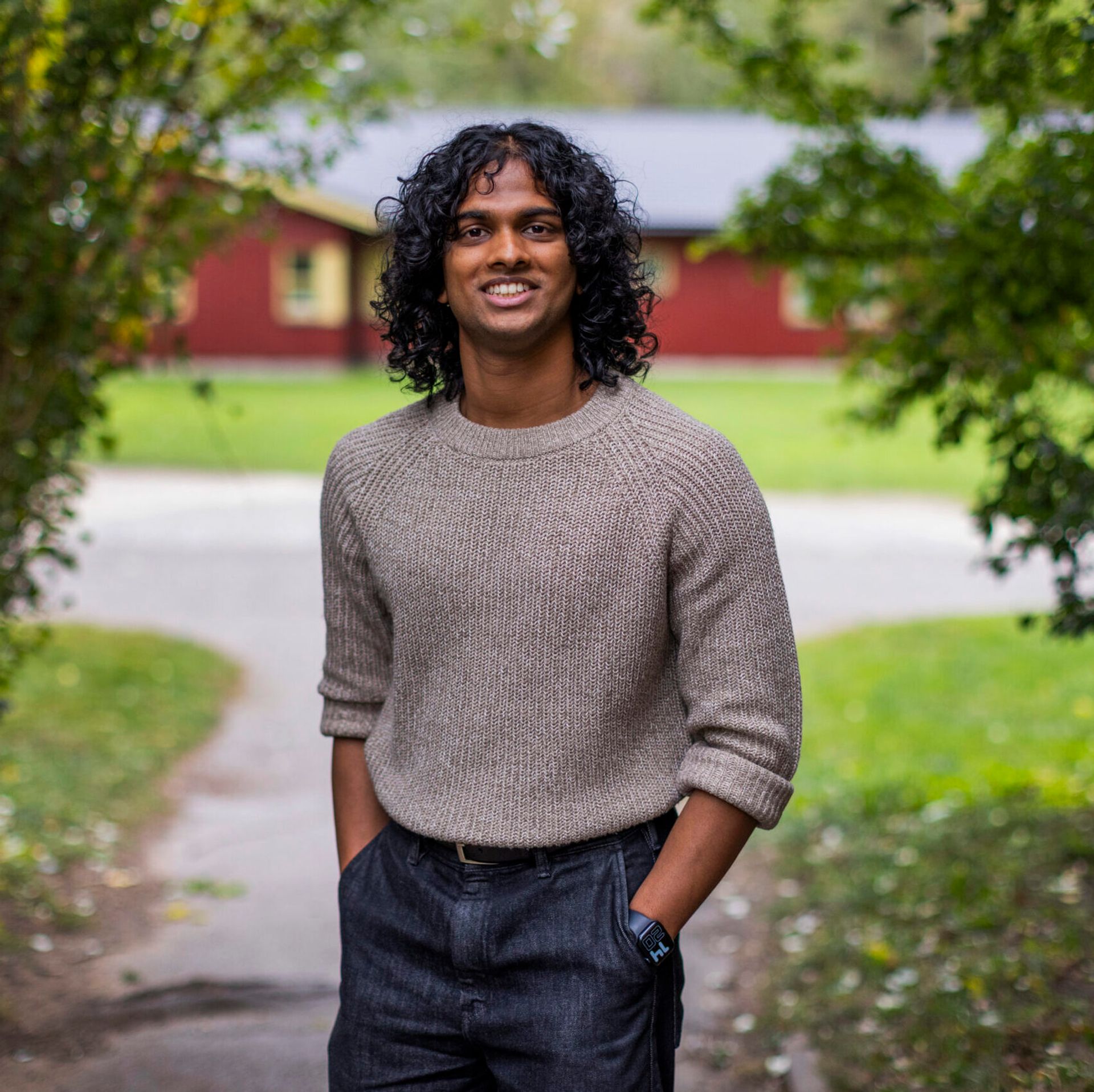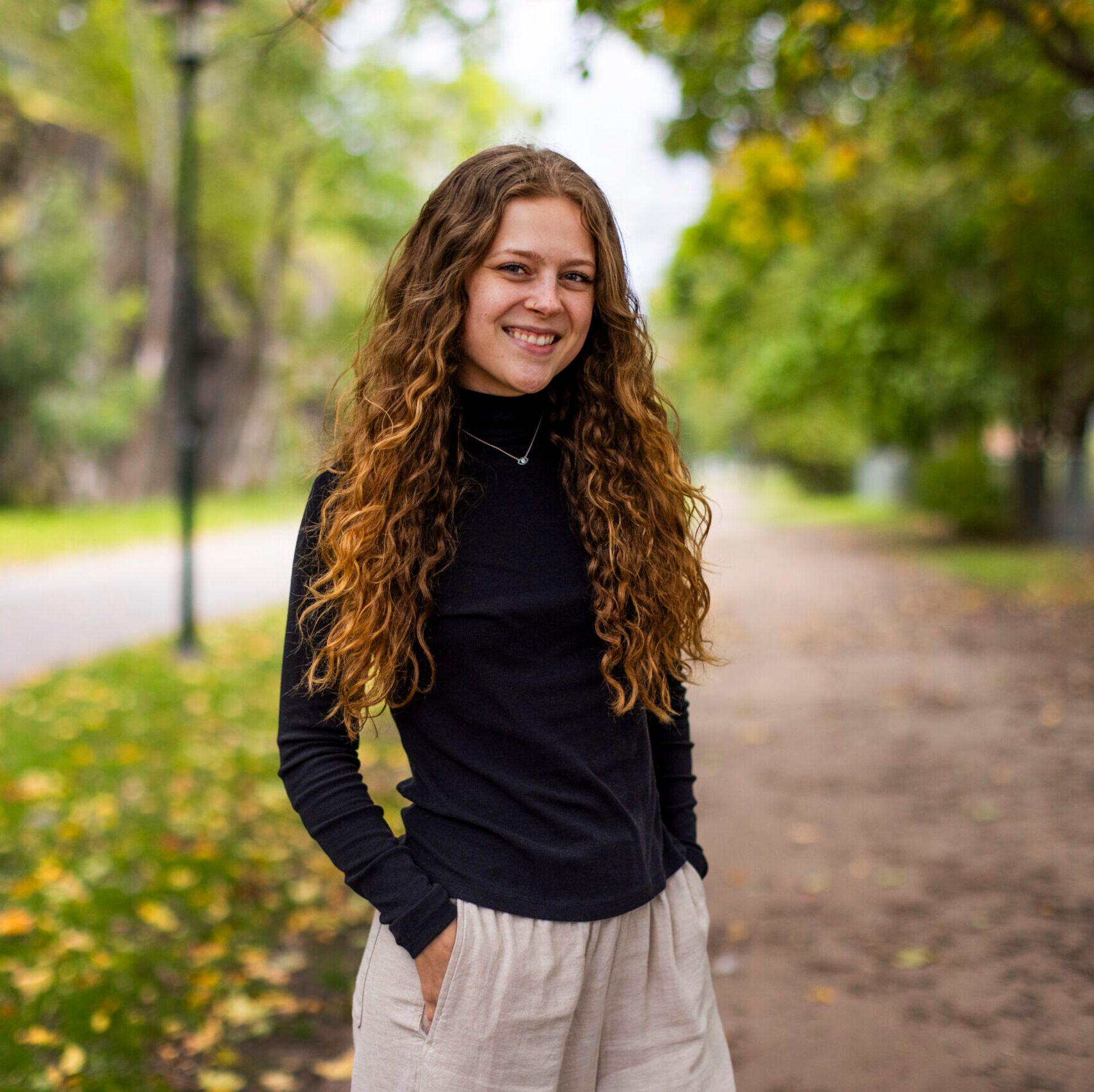
Written by Francesco
28 Feb 2017
Human beings try to fulfil their needs, whatever they can be. When it comes to living under a safe roof, we may say that this can be one of the most important cases in which one particular need is satisfied. However, what if living safely is not the only requirement?
According to some statistics, Sweden is placed at the top of special ranks regarding the amount of single-person household. Many people in this Scandinavian country seem to be living alone – and the reason why this happens could be partly related to political and historical actions undertaken over the course of the last decades. A new idea of society has arised in the ‘70s, bringing with itself two main concepts: individualism and independence. A revolutionary idea, to a certain extent, something that would literally shape the Swedish society in the following decades. Individualism and independence have permeated all aspects of society, from childcare and healthcare systems, to housing and the way how to design estates. However, the importance of socialising has not decreased, as it would seem after reading these few lines.
By the way: have you ever stopped for a moment and thought: how much relationships and social bonds are important for me? How much technology is affecting my life and therefore my ‘real’ emotional connection with people?
Many pages might be filled regarding this topic and other related societal issues; nevertheless, what I would like to stress now is that it’s a matter of fact that looking for a place to live, in Sweden, is not that easy, especially for international students searching for accommodation (most of the time) directly from their own countries.
And as mentioned before, it’s hard for students too. But where am I heading to?
Modern society is changing. For some aspects, we as individuals follow the flow of modernity and contemporaneity that can have plural shapes (apps that make our life easier, a faster communication, etc); for some other aspects, we are aware of our history as human beings, and some features such as living together, living in a group, are still manifest. Living together, yes: that encompasses to some extent the word ‘sharing’, a word that nowadays can easily be linked to the world of social media. However, ‘sharing’ is an even more charged word than that.
What if I say: ‘shared housing’. Do you have any ideas? Shared housing is a concept that is part of the broader term ‘co-housing’: you live with other people (they can be friends or strangers), and you share with them a flat or a large apartment, following ideals of a way of living. In Sweden, shared housing may be bound to the Swedish word ‘kollektiv’; nevertheless, the two concepts are slightly different and since there is not a precise definition of that, I thought of asking two of my friends in Gothenburg about their experience in a kollektiv. Say hi to Tomás and Verena!
Verena: “In Austria, where I come from, the common concept of living in a ‘kollektiv’ means basically just sharing a flat in which everyone has his own room, pays his part of the rent and greets each other on the corridor. Here in Sweden, my experience showed me a different version of sharing a flat: behind the idea of sharing housing can also be the idea of living together like a family.
In the shared flat, where I lived, it was a bit like this idea of being a family, of really caring about each other. Although everyone of my flatmates were busy with studying or working, I had the chance to get to know them quite well. We were sharing common facilities, all food basics, like salt, flour, oil and spices as well as common space. Besides that we also tried to set up regular ‘flatmate-meetings’ in which everyone got to speak out their opinions. Plus, we also made movie nights, threw parties and went out together. And here some more benefits: getting to know new people, their lifestyles and culture broadens one’s horizon and might open the possibility of having someone to practice Swedish skills with. But, it was not all like ‘happy family’ all the time – sometimes ideas of important values in life clashed or people were not satisfied with how the others behaved in regard to chores and having guests. Sometimes, these problems were difficult to solve and there, someone with real conflict management skills is needed.
After all, looking also on downsides of living in a shared flat, I can still recommend the experience of living in a Swedish kollektiv”.
Tomás: “Similar to what Verena mentions, in Spain we don’t even have the concept of “kollektiv”. People who live in shared flats are usually students or those who cannot afford to have their own apartment. But while there is a feeling of respect and the relationship between the tenants might be more or less close, the sensation of community does usually never reach the levels that I experienced when I moved to Sweden.
In my first kollektiv I lived with a couple of two women who had two small children, the sister of one of the women, and another couple of a man and a woman, plus occasionally the son of the man. The contract holders were the two women of the couple, and they didn’t decide to live in that way because of economical reasons, but because they loved that lifestyle and they wanted to raise their children in that environment. We shared all the food, the responsibilities and everybody had the same voice in the house decisions.
After that, I have lived in other kollektives and there the grade of implication was a bit different, possibly because people were younger and not so used to this concept of living, but still, the sensation that all the members of it was “part of something”, the “group feeling” was there. Nowadays I still live in one kollektive and at this moment of my life is my favorite kind of housing style. I like to be surrounded by people that trust me and who I can trust. And in a kollektiv trust is the heart of it.”
Thanks again to my friends. And hopefully, now you have a more proper idea on what a kollektiv is. I was almost forgetting it: for the sake of curiosity, you may also have a look at these two movies that can be related to the topic taken into account in my piece: Together (Tillsammans) by Lukas Moodysson, and The Commune (Kollektivet) by Thomas Vinterberg.
Main source: Chalmers publication “Full house – Exploring the concept of shared housing through participation”, Tove Wennberg & Maria Wikström Master Thesis at Chalmers Architecture Master programme Design for Sustainable Development.





